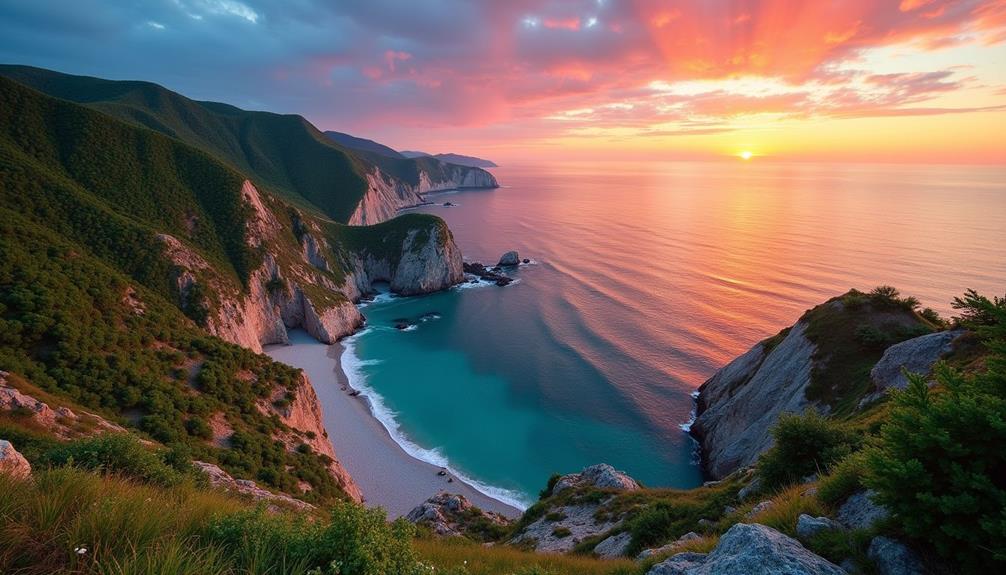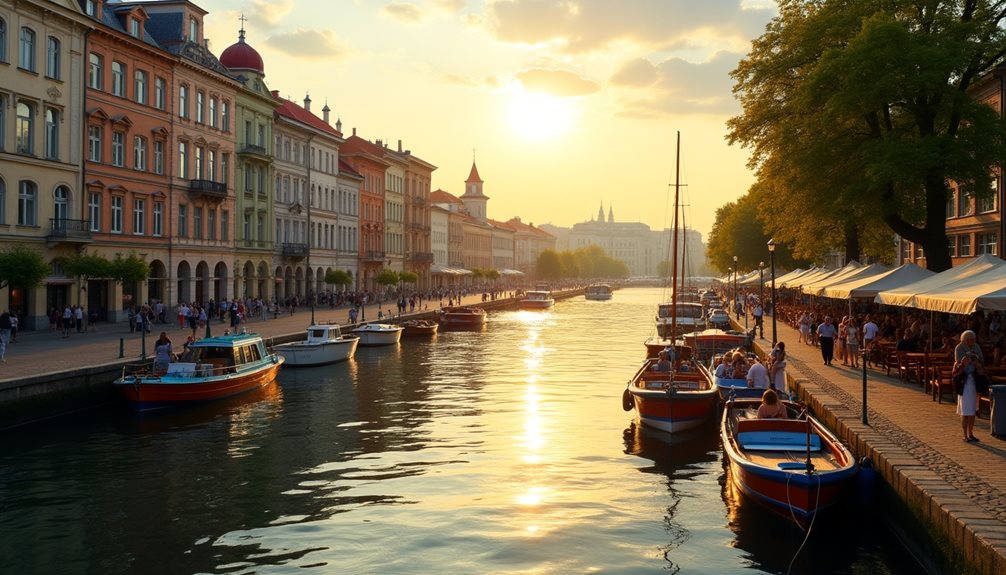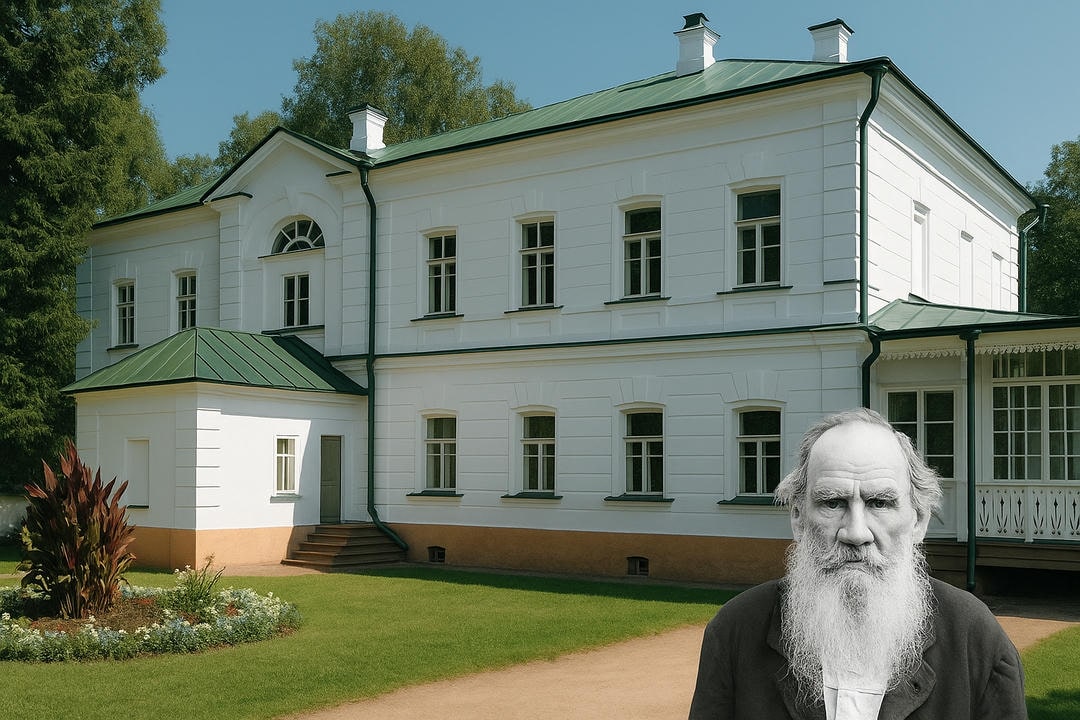Vladivostok, a city of strategic importance on Russia’s Pacific coast, stands as a crucial maritime hub facilitating Russia’s economic and cultural interactions with Asia. Established in 1860, its historical tapestry is woven with influences from Russian, Asian, and European traditions, evident in its eclectic architecture and dynamic cultural landscape. The city’s economic significance is anchored by its bustling port, which serves as a linchpin for international trade. Beyond its economic importance, Vladivostok’s picturesque coastal landscapes and rich biodiversity present a compelling case for its status as a regional gem. What makes this city particularly intriguing is…
Interesting Facts About Vladivostok

Vladivostok, often dubbed the “Russian San Francisco,” is a city of immense geopolitical significance and rich cultural heritage. Nestled on the Pacific coast, it serves as Russia’s primary gateway to Asia, underscoring its strategic maritime importance.
The city’s unique architecture, characterized by a blend of Russian, Asian, and European influences, reflects its diverse cultural tapestry. This architectural diversity is exemplified by historical landmarks such as the Vladivostok Fortress and the iconic Golden Horn Bridge.
Vladivostok cuisine is another fascinating aspect, offering a delectable fusion of Russian and Asian flavors. Seafood dishes, particularly those featuring fresh catches from the Sea of Japan, play a prominent role in the local gastronomy.
Maritime activities are central to Vladivostok’s identity, with the bustling port and an array of nautical sports drawing both locals and tourists.
Local festivals like the Vladivostok International Film Festival and the Pacific Meridian have become cultural cornerstones, celebrating the city’s artistic spirit and fostering international connections.
Together, these elements weave a rich, complex tapestry that makes Vladivostok a compelling city for those who cherish freedom and exploration.
Geographical Traits of Vladivostok, Russia
Situated at the southern tip of the Muravyov-Amursky Peninsula, Vladivostok boasts a rugged terrain that considerably shapes its urban and maritime landscape. This port city is framed by an intricate coastline that fosters a unique blend of geographical traits, driven by a coastal climate that oscillates between harsh winters and humid summers. The varied elevation and proximity to the Sea of Japan influence not only the architectural style but also the cultural and social fabric of the city.
Vladivostok’s urban landscape is an indication of its strategic importance as one of Russia’s key transportation hubs. The Golden Horn Bay, a natural harbor, is pivotal for maritime activities, connecting regional and international trade routes. The city’s infrastructure reflects a blend of modernity and tradition, with bridges like the Zolotoy Bridge symbolizing its forward-looking spirit.
The surrounding wilderness is rich in wildlife diversity, with marine life thriving in coastal waters and dense forests teeming with endemic species. This natural bounty also influences the regional cuisine, where seafood plays a central role, offering residents and visitors a taste of the local ecosystem.
Vladivostok’s geographical traits consequently interlace with its urban and cultural identity, enhancing its unique allure.
Vladivostok’s Culture and History

Throughout its storied past, Vladivostok has served as a confluence of diverse cultural and historical influences, reflecting its geopolitical significance within the Russian Far East. Founded in 1860 as a military outpost, the city quickly evolved into a bustling port, highlighting its maritime heritage. This strategic location has made Vladivostok a melting pot where Eastern and Western civilizations intersect, enriched by a tapestry of ethnic diversity.
Architectural influences in Vladivostok are a demonstration of its varied past, blending Russian, Chinese, Japanese, and European styles. Structures such as the Vladivostok Fortress and the historic railway station exemplify this eclectic mix, serving as tangible reminders of the city’s historical significance.
Cultural festivals in Vladivostok, such as the annual Pacific Meridian Film Festival and the Vladivostok International Jazz Festival, celebrate this rich cultural mosaic, fostering a spirit of inclusivity and global connectivity.
These events underscore the city’s role as a cultural hub, attracting artists and audiences from around the world.
In essence, Vladivostok’s culture and history are marked by a remarkable blend of influences, shaped by its maritime heritage, diverse architectural styles, and vibrant cultural festivals, all contributing to its unique identity in the Russian Far East.
The Economy of Vladivostok, Russia
As a critical nexus of commercial activity in the Russian Far East, Vladivostok’s economy is fundamentally shaped by its strategic location and maritime capabilities.
The city’s bustling port, one of Russia’s largest, facilitates significant trade relations with major Asian economies such as China, Japan, and South Korea. This maritime industry forms the backbone of Vladivostok’s economic landscape, enabling the efficient movement of goods and fostering vibrant international commerce.
Investment opportunities abound, particularly in the sectors of logistics, shipping, and fisheries, attracting both domestic and international investors. The city’s free port status, offering tax incentives and simplified customs procedures, further enhances its attractiveness for business ventures.
Local businesses, from seafood processing to shipbuilding, benefit from these favorable conditions, bolstering the regional economy.
Tourism potential in Vladivostok is also significant. With its rich cultural heritage and unique geographic setting, the city draws visitors seeking both adventure and relaxation.
Efforts to develop tourism infrastructure are ongoing, aiming to diversify the economy and create new employment opportunities.
To conclude, Vladivostok’s economy thrives on its strategic trade relations, robust maritime industry, and burgeoning tourism sector, offering a wealth of investment opportunities and a dynamic environment for local businesses.
The Natural Beauty of Vladivostok

Nestled within an enchanting landscape, Vladivostok boasts a natural beauty that seamlessly intertwines with its urban environment, creating a unique tapestry of scenic vistas and vibrant city life. The city’s coastal landscapes are a hallmark of this fusion, where the rugged coastline meets the expansive waters of the Sea of Japan.
These coastal areas are not just picturesque but also teeming with wildlife diversity, offering glimpses of marine species and birdlife that contribute to the region’s ecological richness.
Seasonal changes further accentuate Vladivostok’s allure, transforming the scenery from lush, verdant summers to snow-clad winters. This dynamic seasonal tapestry invites a plethora of outdoor activities, from hiking and boating in the warmer months to skiing and ice fishing when the temperatures drop.
Scenic viewpoints such as the Eagle’s Nest Hill provide panoramic vistas of the city and its surrounding natural splendor, reinforcing the symbiotic relationship between Vladivostok’s urban and natural environments.
Understanding Vladivostok’s natural beauty requires an appreciation of its geopolitical significance as a gateway between Russia and the Asia-Pacific. The city’s unique geographical position enhances its cultural mosaic, making its natural landscapes not just a backdrop but a key element of its identity.




